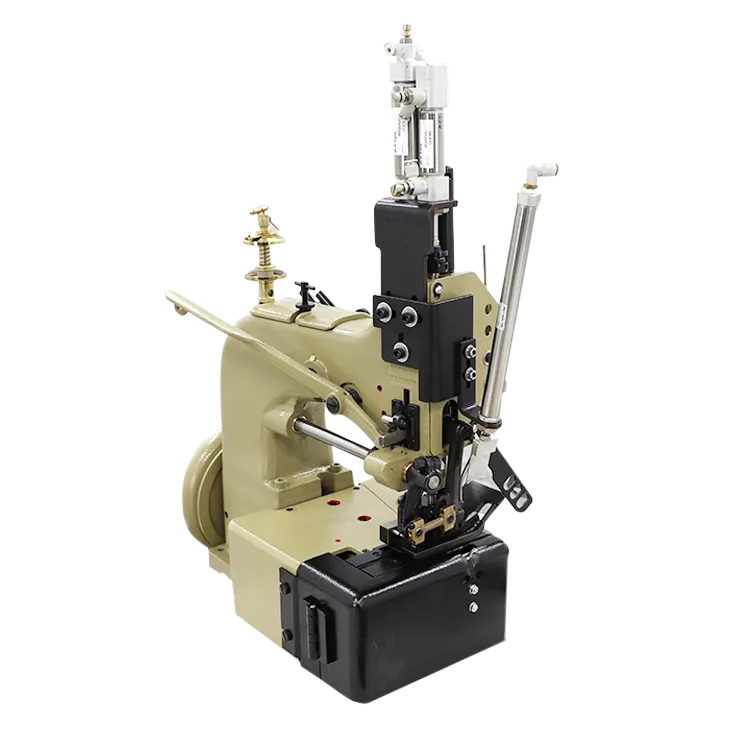what is the difference between an overlocker and a serger
Understanding the Difference Between an Overlocker and a Serger
When it comes to sewing, particularly for those involved in garment construction or fabric manipulation, terms like overlocker and serger often arise. While they might seem interchangeable, there are some distinctions and nuances worth exploring. This article aims to clarify the differences between these two types of sewing machines, helping you understand which one may best suit your needs.
What is an Overlocker?
An overlocker, commonly referred to as an overlock sewing machine, is designed primarily for finishing edges and seams. It trims the fabric as it sews, utilizing multiple threads to create a stitch that prevents fraying, thereby giving garments a professional finish. Typically, overlockers operate with two to five threads and are specifically engineered for knit fabrics and woven materials alike. They achieve various stitch types, including the popular 3-thread overlock, which is ideal for lightweight fabrics, and the 4-thread overlock, preferred for more robust seams.
Overlockers not only sew but also cut the fabric edges, making them an efficient tool for sewists who want to streamline their sewing process. However, they usually do not have the same versatility as traditional sewing machines in handling a variety of stitch types like straight, zigzag, or buttonholes.
What is a Serger?
The term serger is more commonly used in the United States and is often used interchangeably with overlocker. However, it's essential to note that while all sergers are indeed overlock machines, not all overlock machines are classified as sergers. A serger typically refers to a specific type of overlocker that may include additional features like differential feed, which allows for better handling of various fabric types by adjusting the feed dogs to ensure even stitching.
what is the difference between an overlocker and a serger

Sergers often come equipped with features that help create more advanced stitches and finishes, such as cover stitches or chain stitches. This added functionality makes sergers particularly desirable for those who want to achieve intricate finishes on stretch fabrics, hems, and other delicate applications.
Key Differences and Similarities
The primary difference between an overlocker and a serger lies in the regional terminology and the specific functionalities of certain models. While an overlocker is a broader term that encompasses various types of machines, sergers are usually seen as a type of overlocker with advanced features.
Both machines share the same fundamental purpose to finish seams and edges, preventing fabric fraying. Regardless of the name you use, the end result in terms of seam quality and fabric treatment is largely the same.
Conclusion
In summary, while overlockers and sergers can often serve similar purposes in the sewing realm, understanding their differences can help you make a more informed choice based on your project requirements. If your sewing projects require significant edge finishing and fabric manipulation, investing in either type of machine may greatly enhance your experience. Whether you choose an overlocker or a serger comes down to your specific needs in sewing, the types of fabrics you’re working with, and the kinds of projects you aim to complete. As sewing technology evolves, these machines may continue to blur the lines, but they remain invaluable tools in the fabric crafting community.
-
Industrial Cylinder Arm Sewing Machine: Revolutionizing Heavy-Duty SewingNewsJul.28,2025
-
Cylinder Arm Sewing Machine: Perfect for Special Sewing ApplicationsNewsJul.28,2025
-
Cylinder Bed Sewing Machine: Essential for Sewing Complex MaterialsNewsJul.28,2025
-
Heavy Duty Sewing Machine: The Essential Tool for Industrial ApplicationsNewsJul.28,2025
-
Computerized Pattern Sewing Machine: Revolutionizing Precision StitchingNewsJul.28,2025
-
Heavy Duty Industrial Sewing Machine: Power Meets PrecisionNewsJul.28,2025
-
Leather Sewing Machine: The Industrial Standard for Tough MaterialsNewsJul.18,2025





























